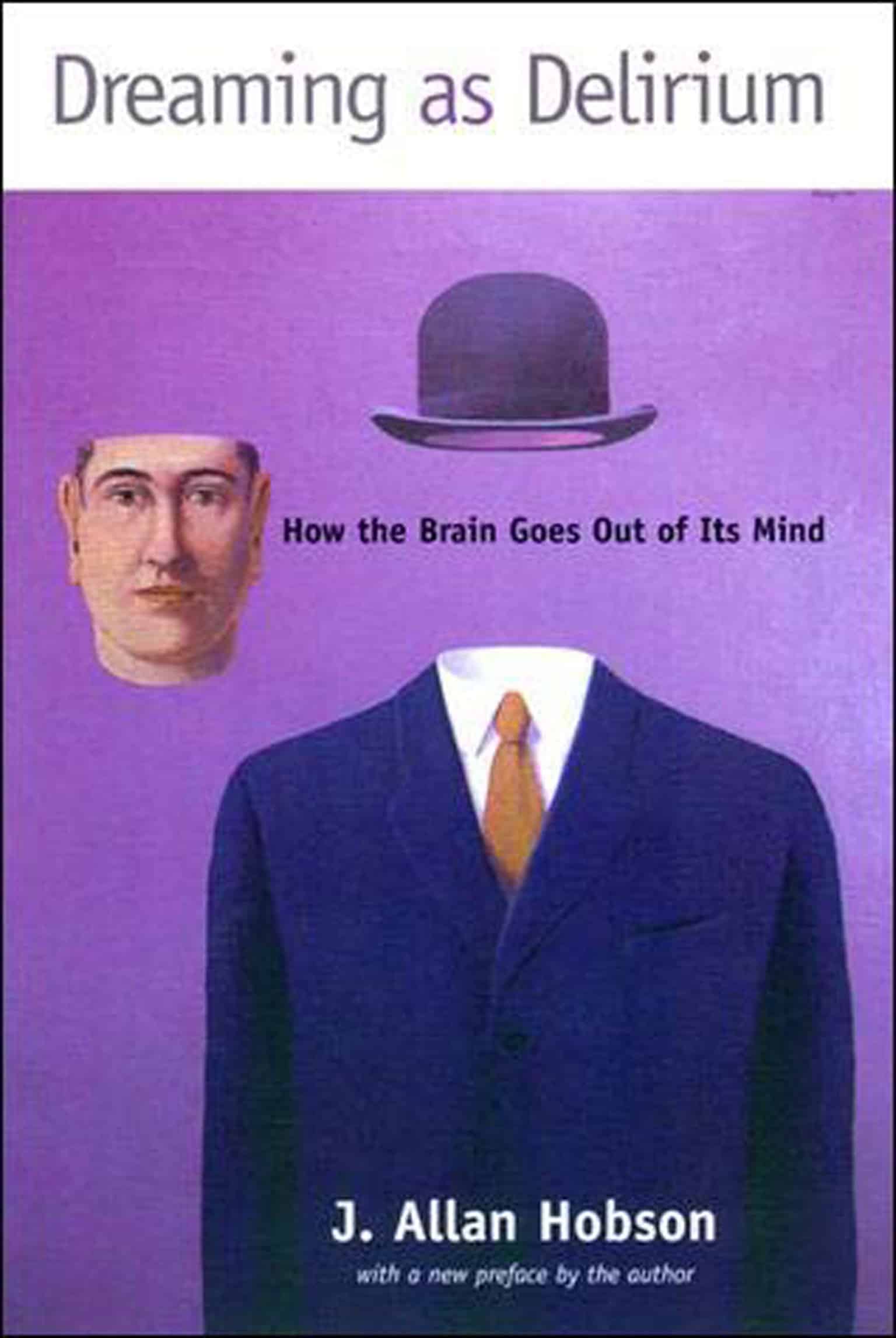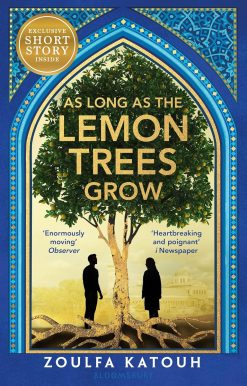Dreaming as Delirium: How the Brain Goes Out of Its Mind
| by |
|---|
30.00 JOD
Please allow 2 – 5 weeks for delivery of this item
Description
In this book J. Allan Hobson sets out a compelling—and controversial—theory of consciousness. Our brain-mind, as he calls it, is not a fixed identity but a dynamic balancing act between the chemical systems that regulate waking and dreaming.With a new foreword by the author.In this book, J. Allan Hobson sets out a compelling—and controversial—theory of consciousness. Our brain-mind, as he calls it, is not a fixed identity but a dynamic balancing act between the chemical systems that regulate waking and dreaming. Drawing on his work both as a sleep researcher and as a psychiatrist, Hobson looks in particular at the strikingly similar chemical characteristics of the states of dreaming and psychosis. His underlying theme is that the form of our thoughts, emotions, dreams, and memories derive from specific nerve cells and electrochemical impulses described by neuroscientists. Among the questions Hobson explores are: What are dreams? Do they have any hidden meaning, or are they simply emotionally salient images whose peculiar narrative structure refects the unique neurophysiology of sleep? And what is the relationship between the delirium of our dream life and psychosis?Originally published by Little, Brown under the title The Chemistry of Conscious States.
Additional information
| Weight | 0.37 kg |
|---|---|
| Dimensions | 14.99 × 22.61 cm |
| PubliCanadation City/Country | USA |
| by | |
| format | |
| Language | |
| Pages | 320 |
| publisher | |
| Year Published | 1999-10-28 |
| Imprint | |
| ISBN 10 | 0262581795 |
| About The Author | J. Allan Hobson is Professor of Psychiatry, Emeritus, at Harvard Medical School. He is the author of The Dreaming Brain: How the Brain Creates Both the Sense and The Nonsense of Dreams, Dreaming as Delirium: How the Brain Goes Out of Its Mind (MIT Press,1999), The Dream Drugstore: Chemically Altered States of Consciousness (MIT Press, 1999, 2001), and other books. |
With the patience of a wise, experienced guide [Hobson] weaves together the strands of evidence gathered from a bewildering variety of sources-using very little jargon but many illustrative stories about his own life and the lives of his patients. What emerges isnothing less than the outline of a unified model of the brain and the mind.—The New York Times Book Review— |
Only logged in customers who have purchased this product may leave a review.
Related products
-
Low stock
55.00 JOD -
On backorder 2-5 Weeks to Arrive
16.00 JOD -
On backorder 2-5 Weeks to Arrive
36.99 JOD -
On backorder 2-5 Weeks to Arrive
8.99 JOD






Reviews
There are no reviews yet.